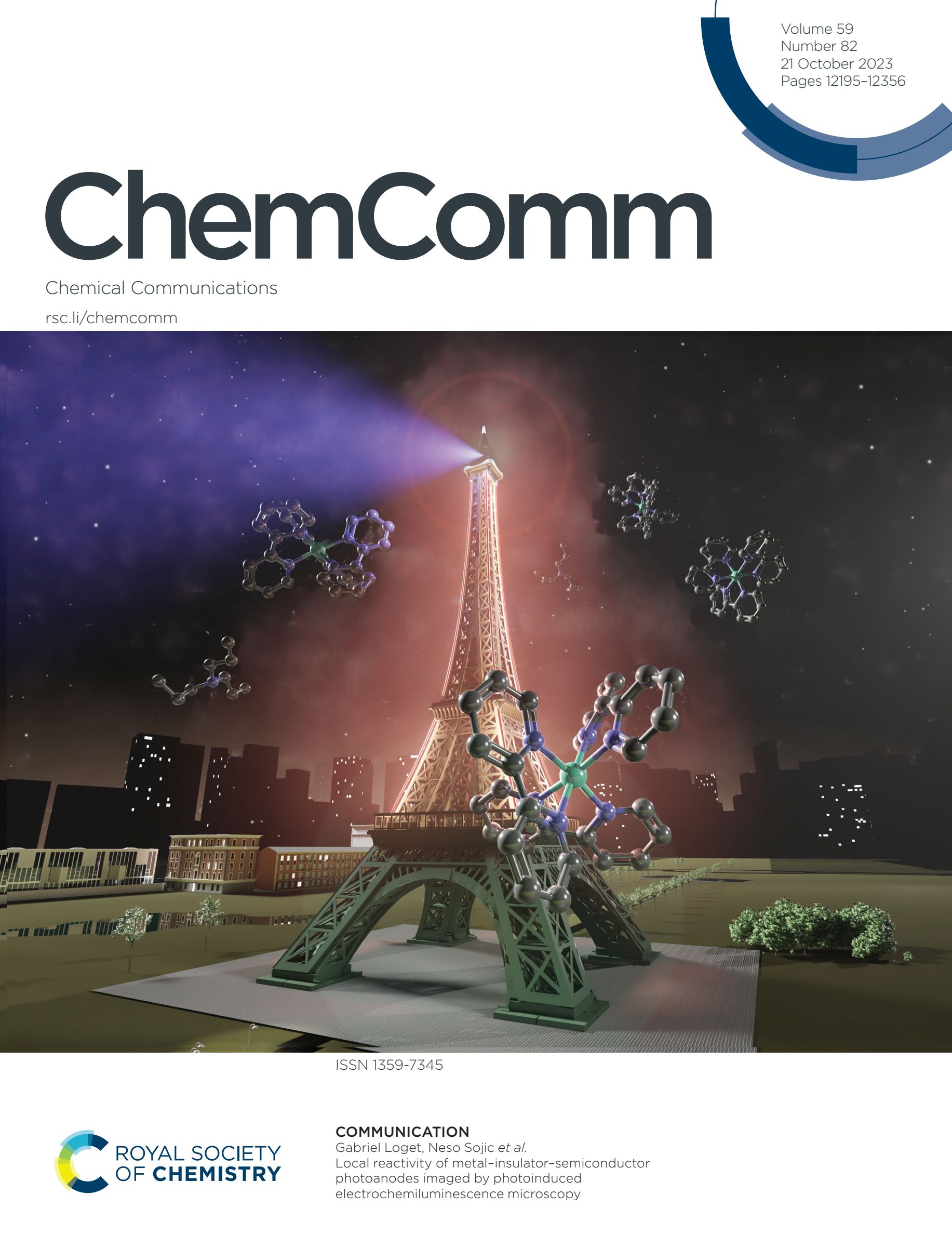H. Labie, A. Perro, V. Lapeyre, B. Goudeau, B. Catargi, R. Auzély, V. Ravaine
Journal of Colloid and Interface Science 535 (2019) 16–27
A simple route to deliver on demand hydrosoluble molecules such as peptides, packaged in biocompatible and biodegradable microgels, is presented. Hyaluronic acid hydrogel particles with a controlledstructure are prepared using a microfluidic approach. Their porosity and their rigidity can be tuned bychanging the crosslinking density. These negatively-charged polyelectrolytes interact strongly withpositively-charged linear peptides such as poly-L-lysine (PLL). Their interactions induce microgel deswellingand inhibit microgel enzymatic degradability by hyaluronidase. While small PLL penetrate the wholevolume of the microgel, PLL larger than the mesh size of the network remain confined at its periphery.They make a complexed layer with reduced pore size, which insulates the microgel inner core fromthe outer medium. Consequently, enzymatic degradation of the matrix is fully inhibited and nonaffinityhydrophilic species can be trapped in the core. Indeed, negatively-charged or small neutral peptides,without interactions with the network, usually diffuse freely across the network. By simple additionof large PLL, they are packaged in the core and can be released on demand, upon introduction ofan enzyme that degrades selectively the capping agent. Single polyelectrolyte layer appears as a simplegeneric method to coat hydrogel-based materials of various scales for encapsulation and controlled delivery ofhydrosoluble molecules.







